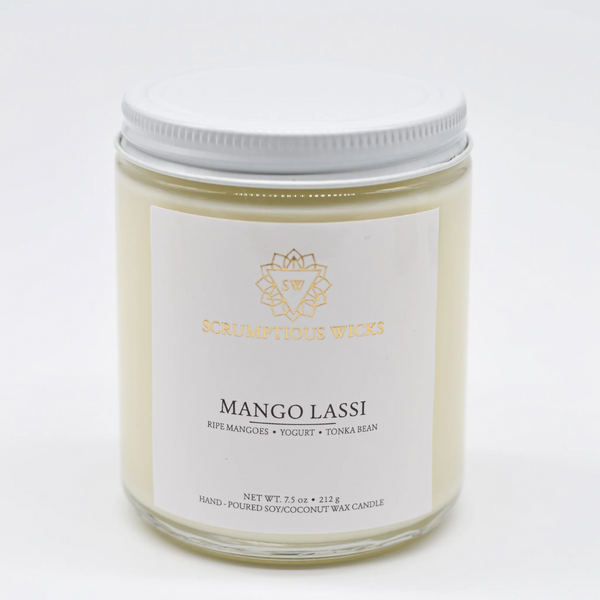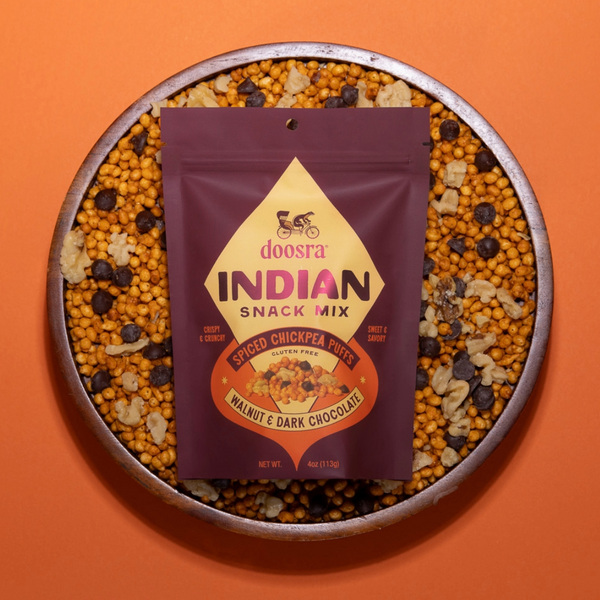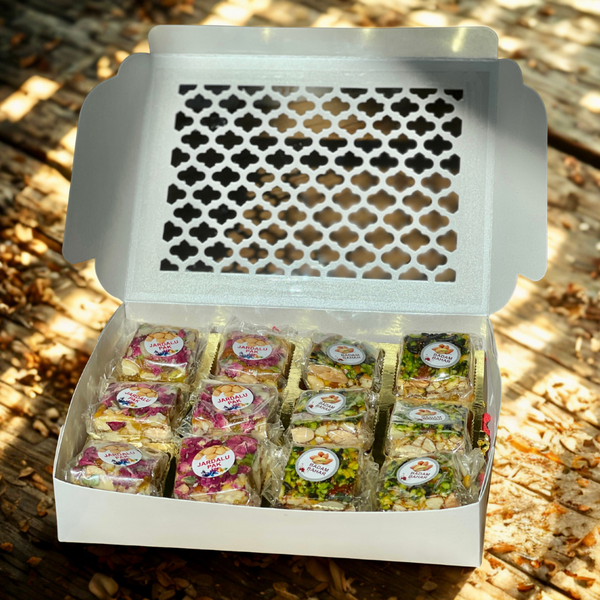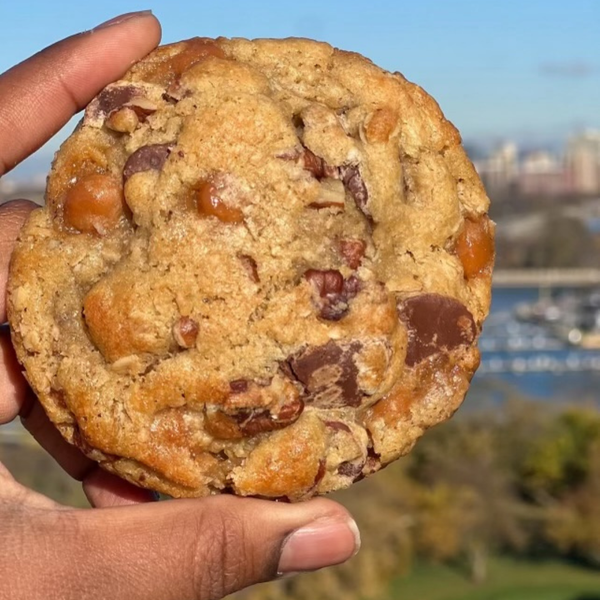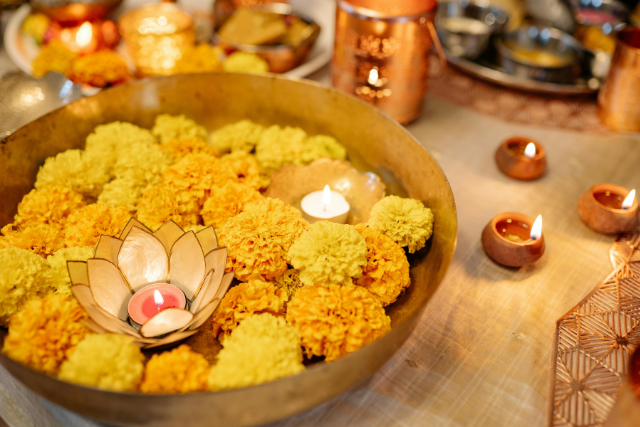
Happy Diwali! 9 Illuminating Facts About the Hindu Festival of Lights
This five-day holiday kicks off later this month — the main day is Oct. 20 — with light-filled celebrations in India, Malaysia, Nepal, Singapore, Sri Lanka, and other countries all over the world. In honor of Diwali, here are nine things to know about this festival of lights.
It follows the Hindu lunisolar calendar
Because of this, like the Lunar New Year and other east Asian holidays, Diwali falls on a different day every year according to the Gregorian or Western calendar. For 2025, it starts Oct. 18 and concludes Oct. 22.
It’s about the bright side of things
Stemming back to ancient times, Diwali’s most popular origin story is that of Lord Rama, the seventh incarnation of Vishnu, one of the main deities of Hinduism. The tale goes that after some complicated family drama, Rama was exiled to the forest for 14 years. However, after saving his wife from and slaying the demon king Ravana, he was welcomed back home.
Diwali celebrates this triumph of good over evil and light over darkness. Celebrators bring this brightness to life by decking out their homes, temples, shops, and office buildings with lights, lanterns, and candles.
It’s also about a fresh new start
On the first day, which is called Dhanteras, people clean and decorate their homes, purchase new household items, and light diyas, oil-based lamps that can last up to five days. It’s not just a way to start on the right foot but also to make a more welcoming place for Hindu deities such as Lakshmi, the goddess of wealth; Ganesha, a remover of obstacles and god of wisdom; and Saraswati, the goddess of knowledge, music, art, wisdom, and learning.
It has a lot in common with the Lunar New Year
Like the Lunar New Year, Diwali is the most popular Hindu festival. Firecrackers are set off the scare away evil spirits while people don new clothes, visit family, pay homage to ancestors, and come home to feast together on delicious food.
Sweets are the edible centerpiece
While dumplings are the piece de resistance for the Spring Festival, sweets called mithai are central to Diwali. Traditionally bought on the second day, mithai, like many Asian desserts, are quite different from their Western counterparts. They’re usually cooked on a stove top rather than baked and are made with ingredients like milk, chickpea flour, semolina, coconut, rice, and spices such as cardamom, saffron, and rose water.
Typical mithai include:
- Gulab jamun, orbs of deep-fried dehydrated milk in rose-cardamom syrup
- Kheer, cardamom rice pudding with almonds, raisins, and, on special occasions like Diwali, saffron
- Ladoo, balls made from a roasted batter of chickpea flour, sugar, cardamom, and ghee, or clarified butter
- Burfi, a kind of fudge made with pistachios, almonds, sugar, cardamom, ghee, and milk powder
- Kulfi, a frozen dessert of boiled milk, sugar, saffron, cardamom, pistachios, almonds, and rose water
Praying for ancestors is important
In addition to purchasing food on the second day, people pray for their ancestors. This particular day is called Choti Diwali, Naraka Chaturdasi, where “naraka” means hell. The purpose is to practice rituals that would free any souls suffering in naraka as well as a way to light the way for ancestors on their way to the afterlife.
The third day is the peak
By this time homes and temples are all shining with lights. Prayers and clean homes are offered to various Hindu deities. In addition everyone gets decked out in new threads, visits older family members, and oohs and ahhs over fireworks, and finally, gather together for a fabulous meal.
The fourth day celebrates the matrimonial bond
The celebration continues as husbands and wives show their gratitude for each other. Sometimes husbands will give gifts to their wives, or parents will host their newly married children and spouses with a meal and gifts.
The bond between brothers and sisters is important too
On the fifth and last day, brothers and sisters honor each other by exchanging blessings, gifts, and of course food.
Want even more Diwali fun? Join us on Oct. 11 for our first-ever Diwali event.

